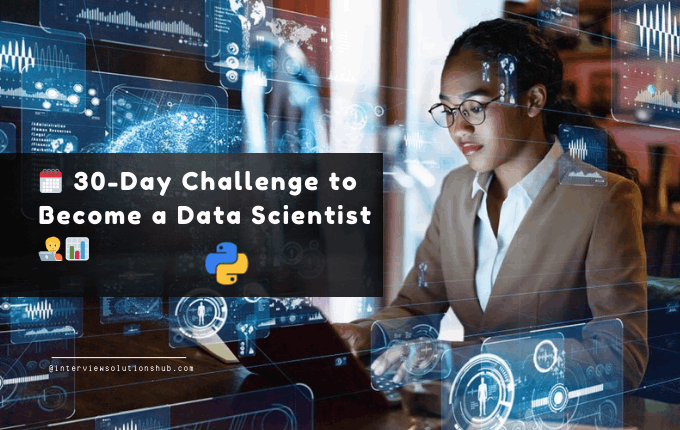
30-Day Challenge to Become a Data Scientist
🚀 Embarking on the journey to become a data scientist can seem daunting, but with the right plan, it becomes an achievable goal. This 30-day challenge is designed to help you build a solid foundation in data science while gaining practical experience. Let’s dive in! 🎯
📚 Week 1: Foundations of Data Science
Day 1: Understand Data Science Basics 🔍📈
Start by understanding what data science is and its key components. Research concepts like:
-
📊 Statistics
-
🗂️ Data types
-
🧑💻 The role of a data scientist
📎 Resource: Kaggle Learn - Intro to Data Science
Day 2: Set Up Your Environment 🖥️⚙️
Set up the tools and platforms you’ll use for your journey:
-
🐍 Install Python or R.
-
📓 Use Jupyter Notebook or RStudio.
-
💻 Learn basic terminal commands.
📎 Resource: Installing Python
Day 3: Learn Python Fundamentals 🐍📖
Get hands-on with Python, focusing on:
-
✍️ Variables and data types
-
🔄 Loops and conditionals
📎 Resource: Python Basics on W3Schools
Day 4: Master Python Libraries for Data Science 📚🐼
Learn essential Python libraries:
-
📊 Pandas for data manipulation
-
🔢 NumPy for numerical computations
Practice loading and analyzing datasets.
Day 5: Understand Statistics 📊📐
Dive into statistical concepts:
-
📏 Measures of central tendency (mean, median, mode)
-
📉 Variance and distributions
📎 Resource: Khan Academy - Statistics and Probability
Day 6: Work with DataFrames 🗂️📁
Learn to:
-
📄 Load CSV and Excel files using Pandas
-
🗑️ Handle missing values and duplicates
📎 Resource: Pandas Official Documentation
Day 7: Visualize Data 📊🎨
Visualization is key to understanding data. Learn to:
-
🖌️ Create bar charts, line graphs, and scatter plots using Matplotlib and Seaborn.
📎 Resource: Seaborn Tutorial
📊 Week 2: Intermediate Skills and Exploratory Data Analysis (EDA)
Day 8: Explore SQL for Data Analysis 💾🔍
Understand SQL basics:
-
SELECT, WHERE, JOIN, and GROUP BY commands
📎 Resource: SQL Tutorial
Day 9: Learn Exploratory Data Analysis (EDA) 🔍📈
Gain insights from your data by:
-
Applying descriptive statistics
-
Conducting correlation analysis
📎 Resource: EDA Techniques
Day 10: Work on a Mini Project (EDA) 🗂️🖼️
Download a public dataset from Kaggle. Perform EDA and create visualizations.
Day 11: Learn Data Cleaning Techniques 🧹📋
Master the art of:
-
🧮 Handling outliers using IQR and Z-score methods
-
🧩 Data transformation (scaling, encoding)
Day 12: Dive Into Probability 🎲📊
Explore probability concepts like Bayes’ Theorem and permutations.
📎 Resource: Probability for Data Science
Day 13: Understand Data Preprocessing 🔄📊
Learn techniques such as:
-
📤 Data splitting (train/test sets)
-
⚖️ Feature scaling (standardization, normalization)
Day 14: Project - EDA and Cleaning 🗂️🚿
Apply your knowledge to clean and analyze a dataset, such as the Titanic dataset (Kaggle).
🤖 Week 3: Machine Learning Basics
Day 15: Introduction to Machine Learning 🤖📈
Understand the basics of ML:
-
Supervised vs. unsupervised learning
-
Key ML terms (overfitting, underfitting, model accuracy)
📎 Resource: Machine Learning Crash Course
Day 16: Learn Scikit-learn 📚🤖
Get started with Scikit-learn by building simple models like:
-
📉 Linear Regression
-
📊 Logistic Regression
Day 17: Work with Classification Algorithms 📊🌳
Learn Decision Trees and K-Nearest Neighbors. Train models and evaluate accuracy.
Day 18: Learn About Evaluation Metrics 📋📐
Understand key metrics:
-
📏 Precision, recall, F1 score
-
🧮 Confusion matrix
Day 19: Explore Unsupervised Learning 🤖📈
Dive into clustering (K-means) and dimensionality reduction (PCA).
Day 20: Work on a Mini Machine Learning Project 🏗️📊
Example: Predict house prices using a dataset like Housing Dataset.
Day 21: Study Feature Engineering 🧩⚙️
Learn how to create and select features to improve model performance.
🔬 Week 4: Advanced Skills and Portfolio Building
Day 22: Introduction to Deep Learning 🤖🧠
Understand neural network basics and try frameworks like TensorFlow or PyTorch.
📎 Resource: TensorFlow Tutorials
Day 23: Learn Data Visualization Tools 📊📊
Explore Tableau or Power BI to create interactive dashboards.
Day 24: Work on a Time Series Dataset ⏰📊
Analyze and forecast time series data.
📎 Resource: Time Series Analysis in Python
Day 25: Learn Git and GitHub 🛠️🐙
Create a GitHub account, upload your projects, and maintain repositories.
Day 26: Build a Strong Portfolio 📁✨
Compile 2-3 well-documented projects. Use Jupyter Notebooks to showcase your work.
Day 27: Practice with Real-World Datasets 🌐📊
Work on datasets from DrivenData or UCI Machine Learning Repository.
Day 28: Join Communities 🤝🌎
Participate in discussions on forums like:
Day 29: Mock Interviews and Resume Preparation 📝🧑💻
Prepare for common interview questions and optimize your resume for data science roles.
Day 30: Apply for Jobs or Internships 🧑💻📩
Leverage platforms like:
💡 Bonus Tips
-
Dedicate at least 2–3 hours daily to the challenge. ⏱️📘
-
Join Kaggle competitions to gain exposure to real-world problems. 🏆📊
-
Stay consistent and motivated throughout the 30 days. 💪🎯
By the end of this challenge, you’ll have a strong foundation in data science and a portfolio to showcase your skills. Good luck on your journey! 🍀🚀




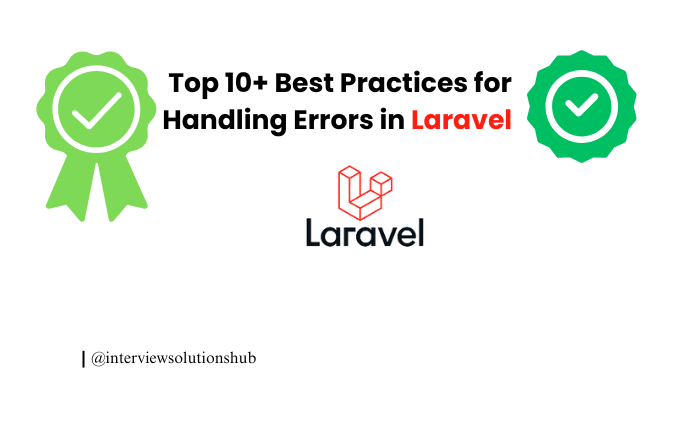
.png)
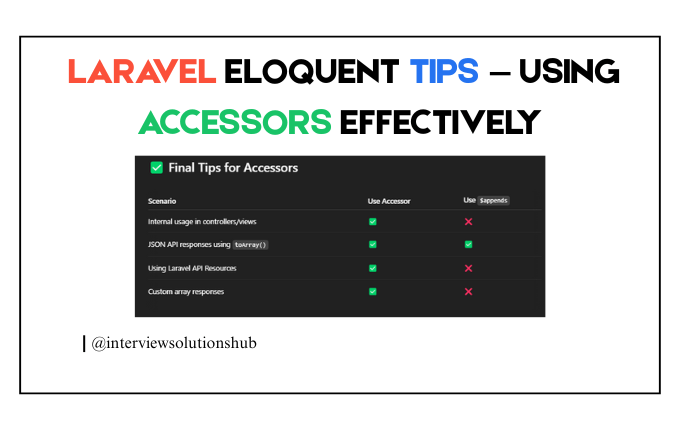
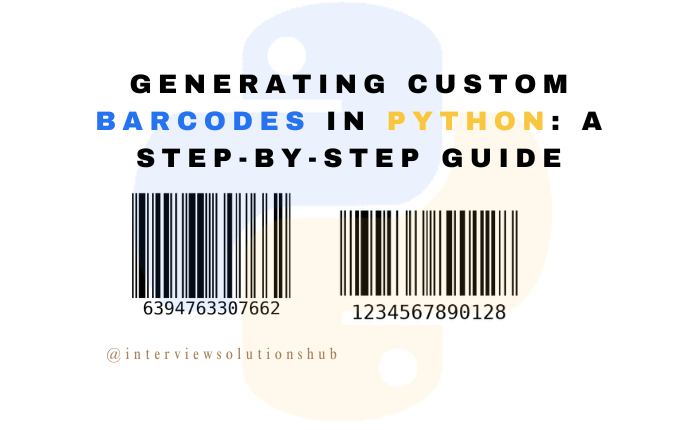
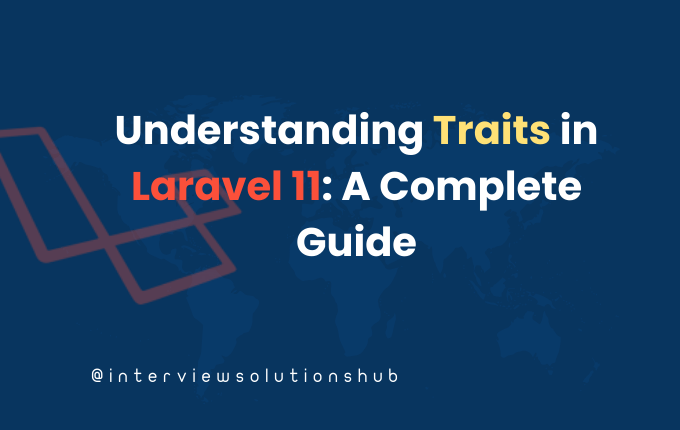
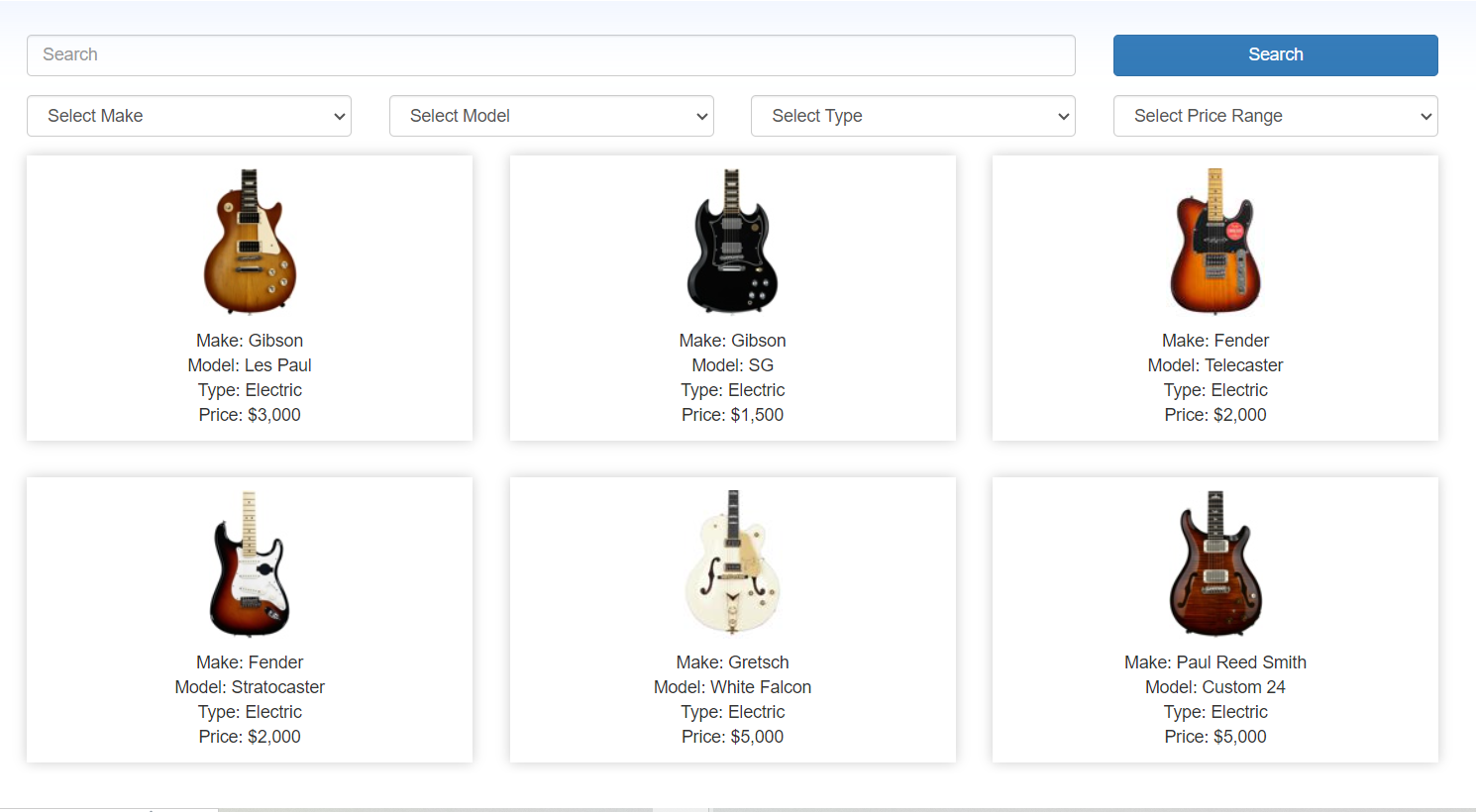

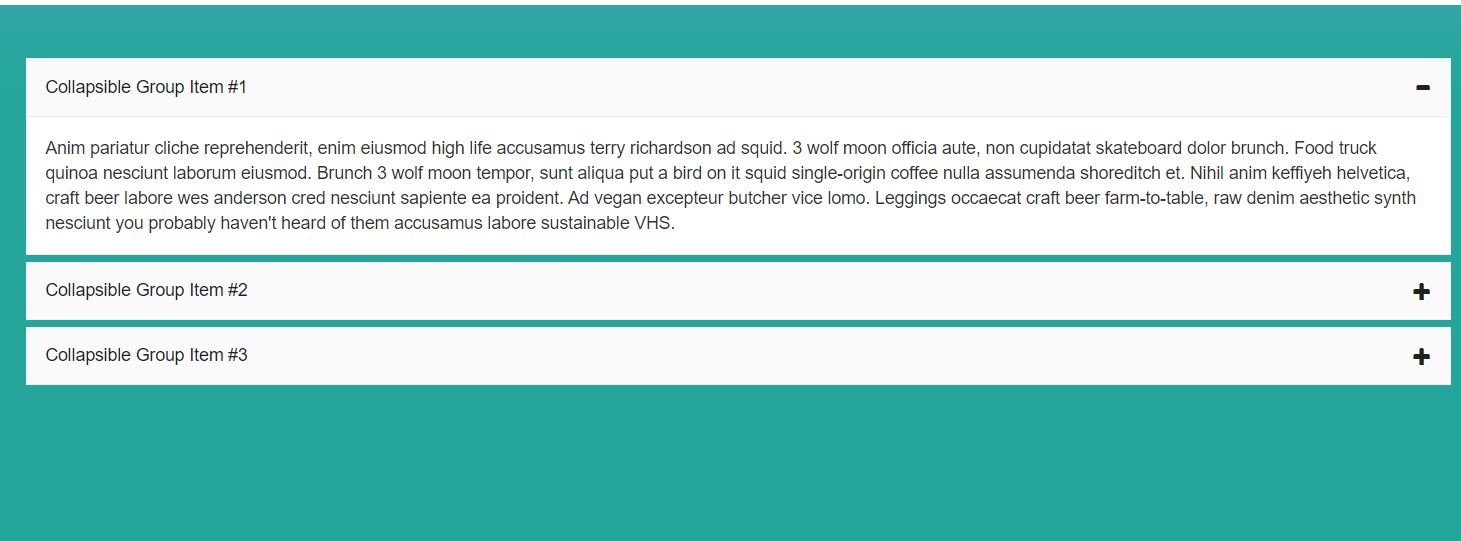
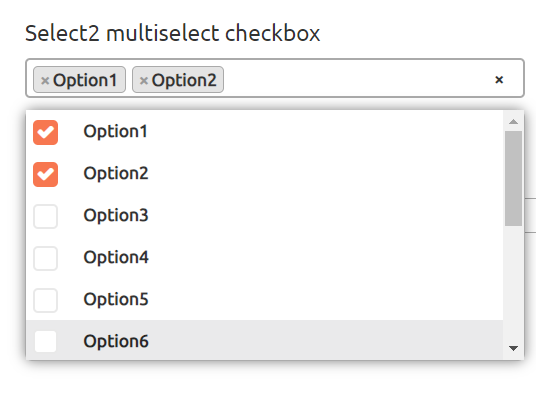
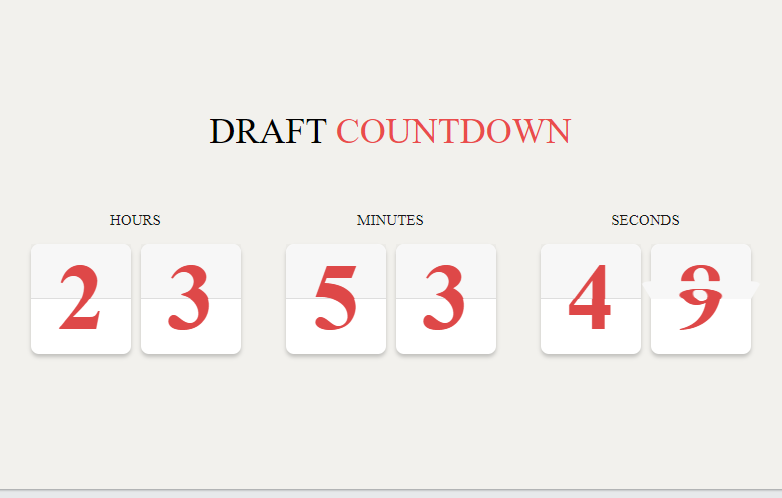
* * * Win Free Cash Instantly: https://luxurydigitizing.com/index.php?oixnp9 * * * hs=de51e04fc708c80ec246da08db51096b* ххх*
018xcu